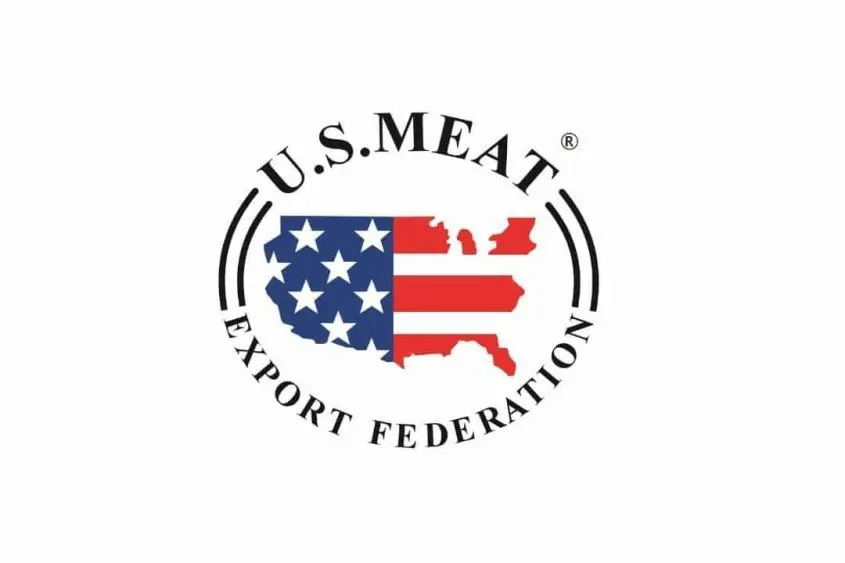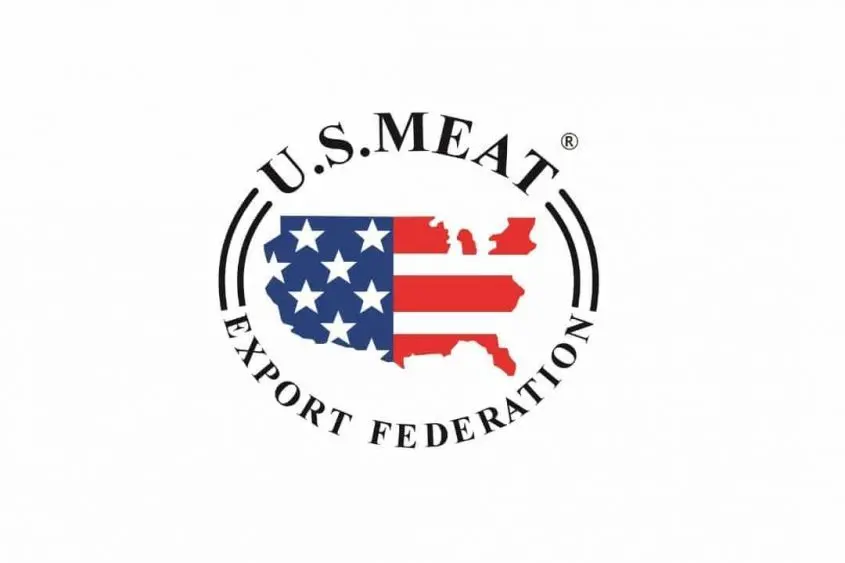July exports of U.S. pork were slightly below last year but accounted for a larger share of production, according to data released by USDA and compiled by the U.S. Meat Export Federation (USMEF). Market access obstacles continued to weigh heavily on exports of U.S. beef, with the vast majority of plants still ineligible to ship to China.
Momentum continues for U.S. pork in Western Hemisphere markets
Pork exports totaled 238,922 metric tons (mt), down just 1% from a year ago, while value fell 4% to $680.9 million, largely reflecting the 10% decline in pork variety meat prices due to China’s tariffs. July was another strong month for U.S. pork in leading destination Mexico, while exports increased year-over-year to Central America, Colombia, the Caribbean and the ASEAN region. Pork variety meat demand was strong in July, with exports posting the second largest volume this year.
Through the first seven months of 2025, pork exports were 4% below last year’s record pace in both volume (1.69 million mt) and value ($4.8 billion).
“While July exports to Mexico didn’t match the monster totals from a year ago, demand for U.S. pork remains very robust in our top market,” said USMEF President and CEO Dan Halstrom. “July also saw great results in Central and South America, while volumes to the key Asian markets were largely steady with last year and pork variety meat volumes achieved broad-based growth.”
Bright spots for July beef exports include Korea, Caribbean, Central America
U.S. beef performed very well in July in leading market South Korea, as well as in the Caribbean, Central America, Chile, the Philippines and Africa. But with shipments to China nearly halted due to a lack of eligible plants, July beef exports were down 19% from a year ago to 89,579 mt, the lowest in five years. Export value declined 17% to $752.5 million, the lowest since January 2023.
From January through July, exports were 8% below last year in volume (691,800 mt) and down 7.5% in value ($5.67 billion).
The decline was largely due to China’s failure to renew registrations for the vast majority of U.S. beef plants and cold storage facilities, most of which expired in March. China has also suspended 11 U.S. beef facilities since June.
“The plant registration impasse with China unfortunately drags on, and it has left U.S. beef essentially shut out of the market after exporters worked through their eligible inventories,” Halstrom explained. “Demand elsewhere has remained fairly resilient, even in the face of higher pricing, but restoring access to China is clearly the urgent priority. Export value and share of production exported declined in July, reflecting the loss of competing bids from Chinese buyers.”
July lamb exports trend higher
Larger shipments to Mexico, Canada, the Bahamas and Costa Rica pushed July exports of U.S. lamb muscle cuts to 239 mt, up 56% from a year ago, while value increased 35% to $1.34 million. For January through July, exports increased 45% to 1,829 mt, valued at $9.6 million (up 26%).
In leading volume market Mexico, USMEF positions U.S. lamb as a premium product with the versatility for use in a variety of dishes featuring cuts such as shoulder and flap meat. January-July exports to Mexico increased 68% from a year ago to 834 mt, while value jumped 81% to $2.94 million – already surpassing the full-year volume and value totals from 2024.
A detailed summary of the January-July export results for U.S. pork, beef and lamb, including market-specific highlights, is available from the USMEF website.





